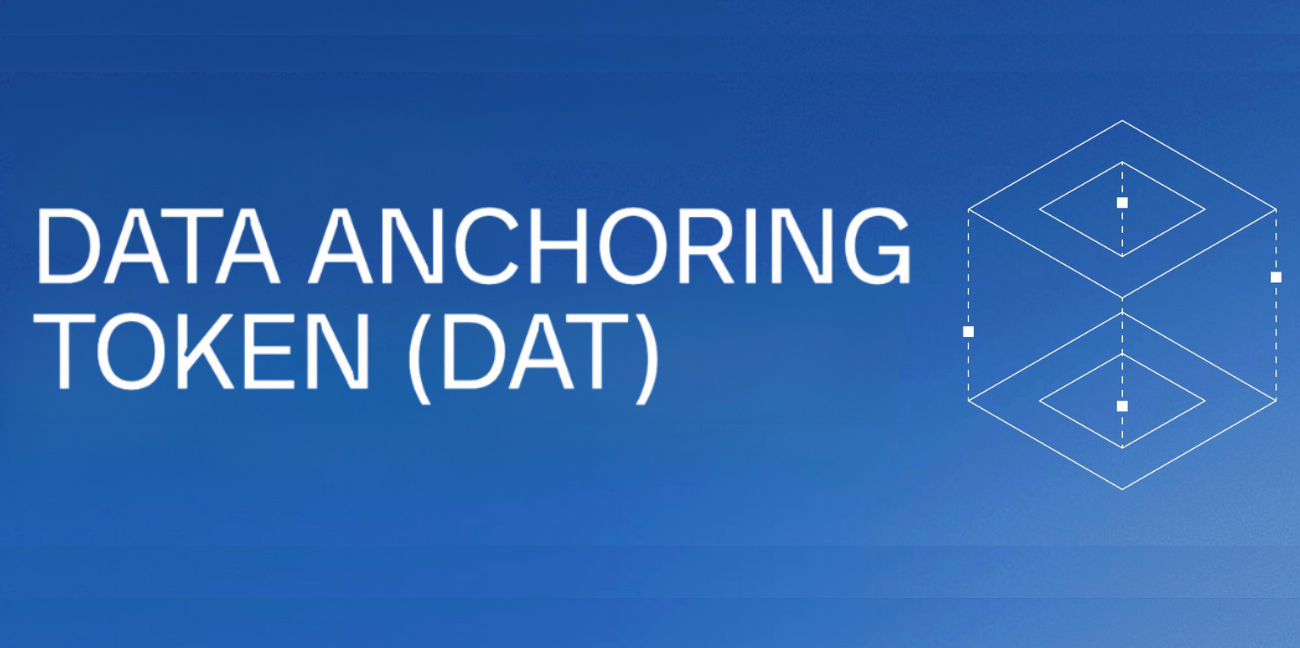


.png)


For years, Web3 has promised a more open, fair, and user-controlled internet. But until recently, most dApps were too hard to use, too slow, or too focused on speculation. That's finally changing.
What we're seeing now is a shift from protocol-first to user-first design. This new wave of Web3 applications is about giving people something they actually want to use.
Great infrastructure alone doesn't drive adoption. Users care whether an app is fun, fast, and rewarding.
The question is no longer "Can blockchain scale?" It's "What are we scaling for?"
User-first dApps allow for ownership, privacy, permanence, and interoperability, all while being smooth, fast, and fun. Currently there is too much friction for newcomers in Web3.
This means no 20-minute wallet setups. No bridging nightmares. No confusing UX that requires a crypto PhD to navigate. The blockchain should work silently in the background, enabling experiences that simply weren't possible before.
The best dApps now start with a simple question: what do users actually need? Whether it's creator monetization, portable memory, or social trading, utility is finally driving design, not the other way around.

Several key developments are making user-first Web3 possible:
Better infrastructure. Fast finality, low fees, and account abstraction are becoming the norm. Networks with full EVM equivalence and decentralized sequencers make dApps feel as smooth as Web2 apps while staying secure and trustless. The technology can finally disappear into the background.
Composable experiences. Projects are rethinking how applications connect. Instead of static, siloed interfaces, we're seeing modular components, embedded experiences, and portable identities. Users can move between applications without losing context or starting from zero every time.
Real demand-side design. Builders are finally asking what users want before writing the first line of code. Not what's technically possible. Not what looks impressive in a whitepaper. What actually solves a problem or creates joy.

LazAI is the application and data layer of Metis, where onchain AI agents come to life. Through LazPad, new agents and AI-native dApps are launched, creating smooth entry points for users to explore and grow deeper over time. Early examples like Lazbubu show this philosophy in action. Interactive, evolving, and rewarding experiences that turn participation into creation.
Users earn, mint, and interact with data assets that mature into broader use cases. It's participation as play, where the technology fades into the background and the experience takes center stage.
At the core, LazAI addresses one of AI's biggest problems: data alignment. By leveraging verified computing technology and introducing Data Anchoring Tokens (DATs), it ensures that AI agents operate with trusted, high-quality data aligned with user and community goals. This isn't just about making agents smarter. It's about making them ethical, transparent, and genuinely useful.

Web3 has already proven it can scale. The next challenge is to make that power feel personal and practical.
Metis built the foundation, and LazAI brings it into focus. With LazAI, builders can create AI agents that remember, learn, and respond in ways that make participation feel natural. You can start by building your own onchain AI agent on LazAI using Alith.
Every experiment adds something new to the way we use and understand technology. By taking part, you’ll be helping build the future of how people connect, create, and belong in the next generation of the web.